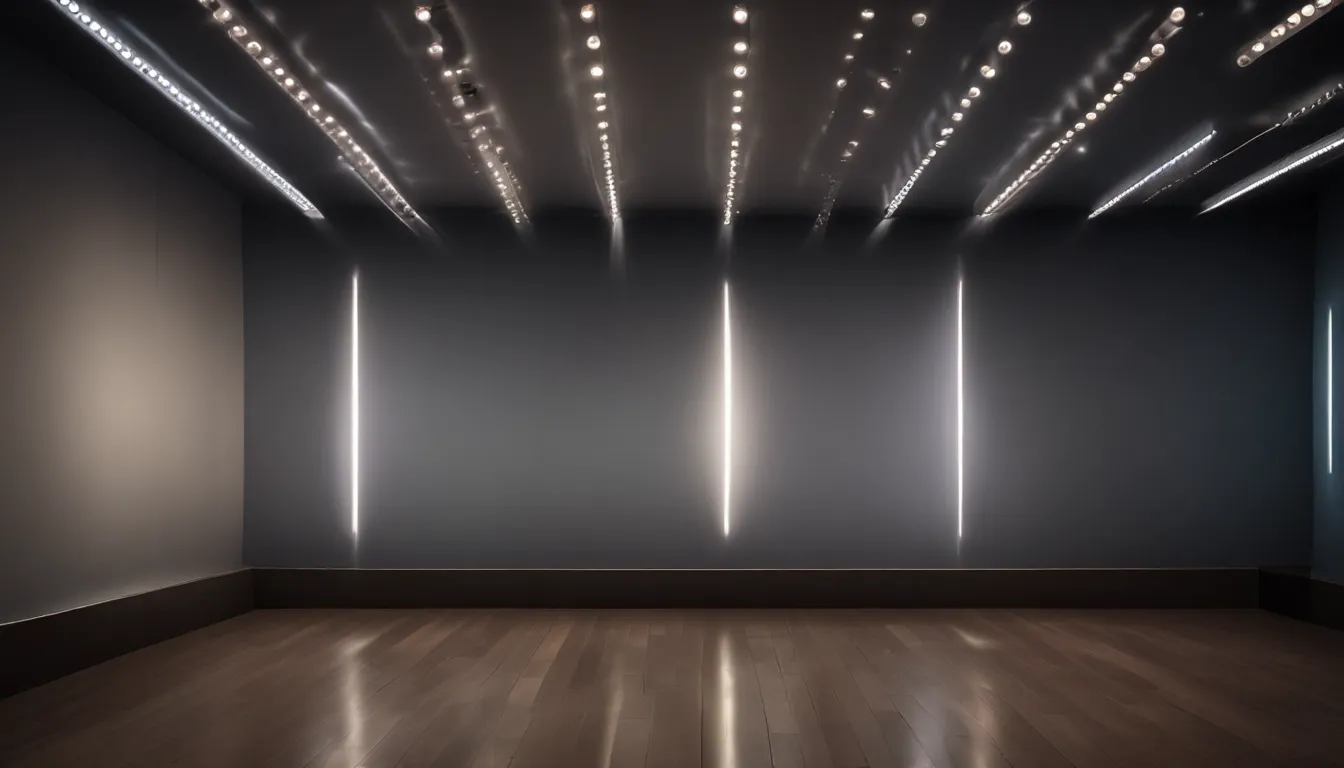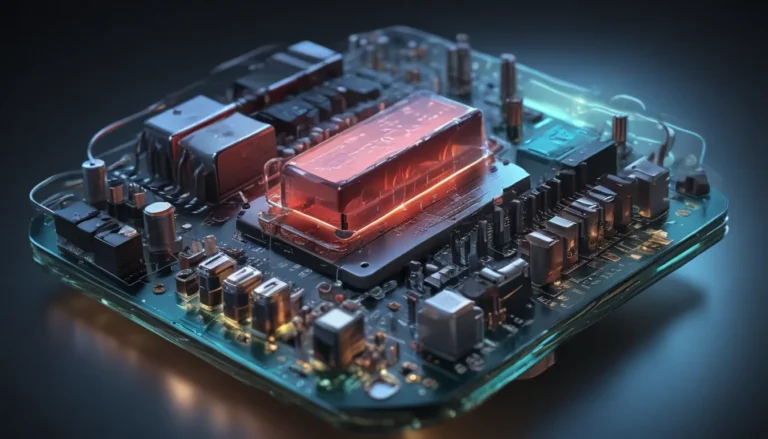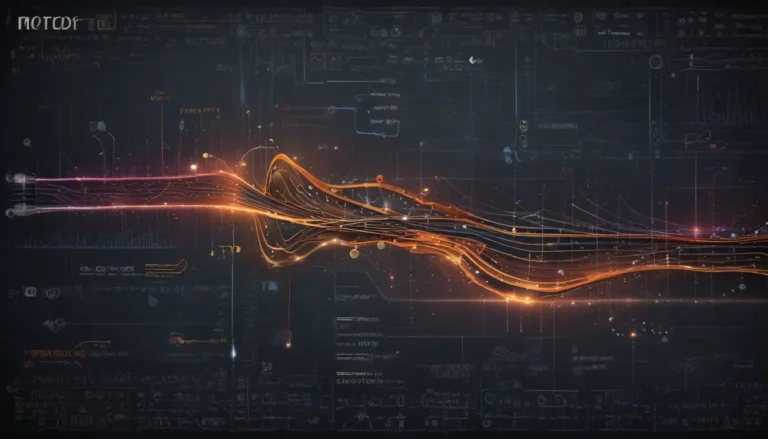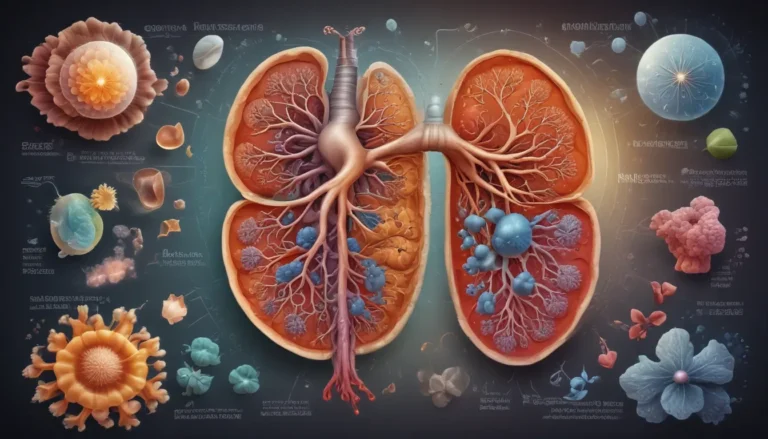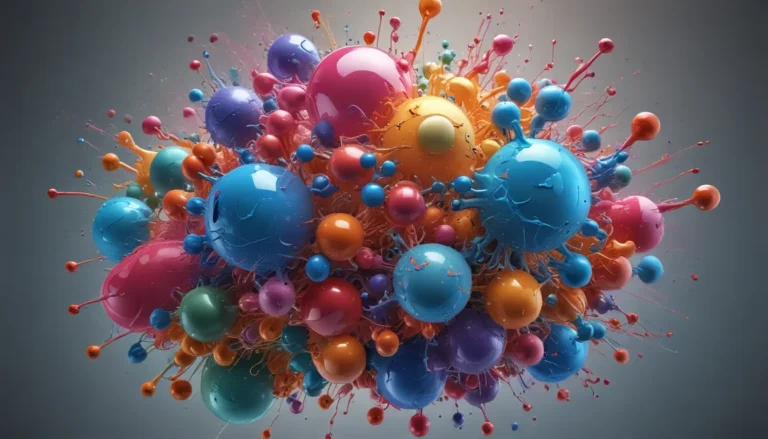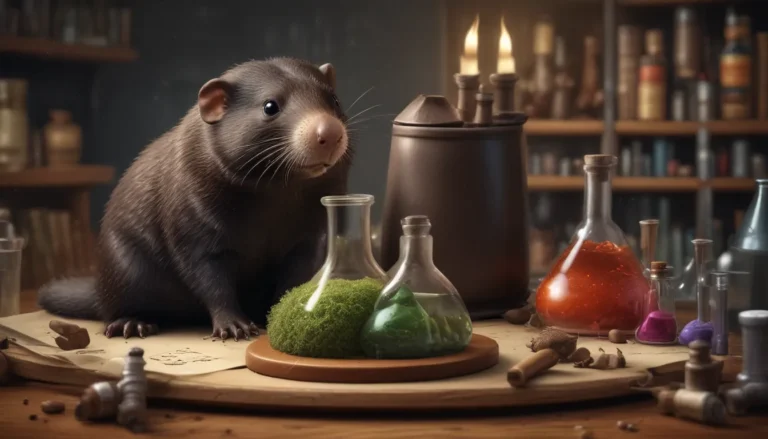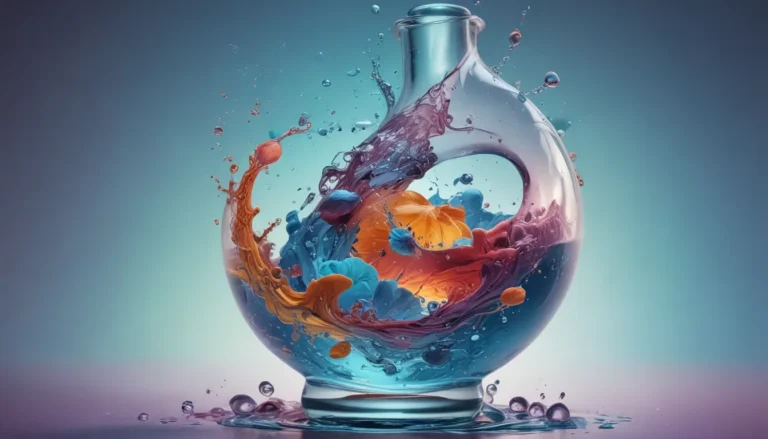A Note About Images: The images used in our articles are for illustration purposes only and may not exactly match the content. They are meant to engage readers, but the text should be relied upon for accurate information.
In a world where innovation and sustainability go hand in hand, light-emitting diodes (LEDs) have truly transformed the way we illuminate our surroundings. From smartphones to cars, LEDs have become an integral part of our daily lives, offering not only efficiency but also a glimpse into the fascinating realm of technology. Dive deep into the captivating world of LEDs as we uncover 11 intriguing facts that shed light on their evolution, functionality, and diverse applications. Whether you’re a tech enthusiast, an eco-conscious individual, or simply curious about the world around you, these facts will illuminate the incredible journey of LEDs. Let’s embark on an enlightening exploration to discover the brilliance of LEDs.
Key Takeaways:
- LED lights can last up to 25 times longer than traditional bulbs, making them a smart and low-maintenance lighting option.
- LEDs are super energy-efficient, consuming up to 90% less power than old-fashioned bulbs, resulting in significant energy savings and environmental benefits.
LEDs Can Last for Years
LEDs boast an impressive lifespan compared to traditional incandescent bulbs, lasting up to 25 times longer. With an average lifespan of 25,000 to 50,000 hours, these lights can shine bright for years without the need for frequent replacements, making them a cost-effective and hassle-free lighting choice.
LEDs Are Energy-Efficient
One of the standout features of LEDs is their exceptional energy efficiency. These lights consume up to 90% less power than traditional bulbs, converting a higher percentage of energy into light. Not only does this translate to significant energy savings, but it also contributes to lower electricity bills and a reduced environmental impact.
LEDs Produce Less Heat
Unlike traditional lighting options, LEDs generate minimal heat while illuminating a space. This not only enhances safety by reducing the risk of burns or fires but also helps in maintaining a cooler environment, particularly in areas with multiple light sources.
LEDs Are Environmentally Friendly
Embracing sustainability, LEDs are free from toxic chemicals and are fully recyclable. Their long lifespan and energy efficiency play a significant role in reducing carbon emissions, making them a greener lighting alternative that aligns with eco-conscious practices.
LEDs Have Rapid Switching Capabilities
One remarkable feature of LEDs is their ability to switch on and off rapidly without affecting their performance or longevity. This makes them perfect for applications that require frequent switching, such as traffic signals and brake lights, providing efficient and reliable illumination when needed.
LEDs Are Durable and Shock-Resistant
Constructed with robust components, LEDs are highly durable and resistant to shocks, vibrations, and external impacts. This rugged design ensures that LEDs can withstand various challenging environments, making them a dependable lighting solution for diverse settings.
LEDs Offer Design Flexibility
With a wide array of shapes and sizes available, LEDs provide versatility in design and application. From compact electronic devices to expansive architectural lighting installations, LEDs cater to a range of lighting needs, offering flexibility and creativity in lighting design.
LEDs Are Directional Light Sources
In contrast to traditional bulbs that emit light in all directions, LEDs offer directional illumination, focusing light in a specific area efficiently. This feature makes them ideal for task lighting, spotlighting, and other applications that require targeted and precise lighting control.
LEDs Are Instantly Bright
One of the standout advantages of LEDs is their immediate brightness upon switching on, without any warm-up time. This instant illumination capability is beneficial in areas where instant lighting is crucial, ensuring optimal visibility and functionality without delays.
LEDs Are Compatible with Dimmers
Many LED fixtures and bulbs are compatible with dimmer switches, enabling users to adjust light levels according to their preferences. This versatility in lighting control allows for creating different atmospheres and moods within a space, enhancing the overall lighting experience.
LEDs Are Used in Various Applications
From residential and commercial lighting to automotive, signage, electronic displays, and decorative lighting, LEDs find applications across a diverse range of industries and settings. Their efficiency, versatility, and reliability have made them a popular choice for a multitude of lighting requirements, underscoring their broad appeal and functionality.
Conclusion
The advent of LED technology has marked a significant milestone in the lighting industry, ushering in an era of energy-efficient, long-lasting, and adaptable lighting solutions. From their inception to their widespread adoption today, LEDs have redefined how we illuminate our world, embodying a blend of sustainability, innovation, and practicality. With a myriad of benefits and applications, LEDs continue to shape the future of lighting technology, portraying a bright and promising path ahead.
FAQs
What does LED stand for?
LED stands for light-emitting diode, a semiconductor device that emits light when an electric current passes through it.
How do LEDs differ from traditional incandescent bulbs?
LEDs surpass traditional incandescent bulbs in energy efficiency, durability, heat emission, and longevity, offering a more sustainable and long-lasting lighting solution.
Are all LED lights the same?
No, LED lights vary in terms of color temperature, brightness, and quality, necessitating selecting the right LED for specific lighting requirements to ensure optimal performance and satisfaction.
Can LEDs be used for outdoor lighting?
Yes, LEDs are well-suited for outdoor lighting due to their durability, energy efficiency, and ability to withstand various weather conditions, offering a reliable and efficient outdoor lighting solution.
Are LEDs safe for the environment?
LEDs are environmentally friendly, containing no toxic elements and being fully recyclable, making them a sustainable and eco-conscious lighting choice that contributes to reducing environmental impact.
Embark on an exciting journey through the captivating world of LED technology, exploring the endless possibilities and innovations that illuminate our lives. Expand your knowledge with additional LED light facts that will surprise you, unraveling the endless potential and advancements in LED lighting. Embrace the brilliance of LEDs as they continue to pave the way for a brighter and more sustainable future.
In our dedicated pursuit of delivering credible and engaging content, our team is committed to elevating your learning experience with valuable insights and information. Every fact shared on our platform is contributed by real users like you, ensuring a diverse and authentic knowledge base. Backed by meticulous editorial review, we uphold the highest standards of accuracy and reliability to offer you a trustworthy and enriching journey of exploration and discovery. Trust in our dedication to quality and authenticity as you embark on a journey of knowledge and learning with us.
